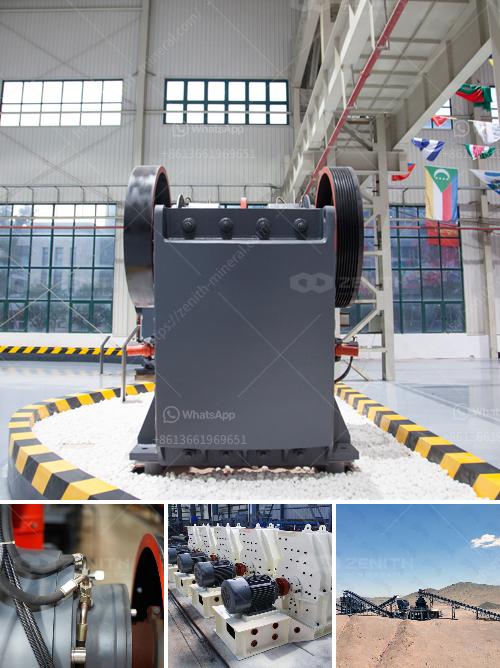The process of mining hematite ore generally involves several stages, each aimed at efficiently extracting and processing the iron-rich mineral. Here is an outline of the typical steps involved:
-
Exploration and Analysis:
- Location Identification: Geological surveys and satellite imagery help in identifying locations with high concentrations of hematite deposits.
- Sampling and Assessments: Core drilling samples and geochemical analysis determine the grade and size of the deposit.
-
Planning and Development:
- Feasibility Studies: Economic viability is assessed, which includes cost estimations, market demand, and environmental impact studies.
- Permitting and Approvals: Obtaining necessary environmental and operational permits from government and regulatory bodies.
-
Mining Operations:
- Drilling and Blasting: In open-pit mining, explosives are used to break up the hard hematite ore into manageable pieces. In underground mining, tunnels and shafts are constructed.
- Excavation: Large machinery, such as excavators and loaders, are used to dig up and transport the ore to the crushing facilities.
-
Crushing and Screening:
- Primary Crushing: The ore is initially crushed to a size that can be handled more easily.
- Screening: The crushed ore is then screened to separate fine particles from larger chunks.
-
Beneficiation:
- Grinding: The screened ore is ground to a finer consistency to liberate the hematite particles from the associated rock minerals.
- Magnetic Separation: Since hematite is weakly magnetic, magnetic separators can concentrate the ore by pulling out magnetic minerals.
- Flotation and Gravity Separation: Additional processes that can further concentrate the hematite depending on the ore’s properties.
-
Pelletizing or Sintering (Optional):
- The concentrated ore is sometimes formed into pellets or sintered to improve its physical properties for smelting.
-
Transportation:
- Logistics: The processed hematite ore is then transported, typically by rail or ship, to steel manufacturing plants or other facilities.
-
Reclamation:
- Land Reclamation: Once mining is completed, efforts are made to restore the landscape by backfilling, replanting vegetation, and ensuring the area is safe for future use.
Each of these steps requires careful planning and execution to ensure that the mining operation is efficient, environmentally friendly, and economically sustainable.


